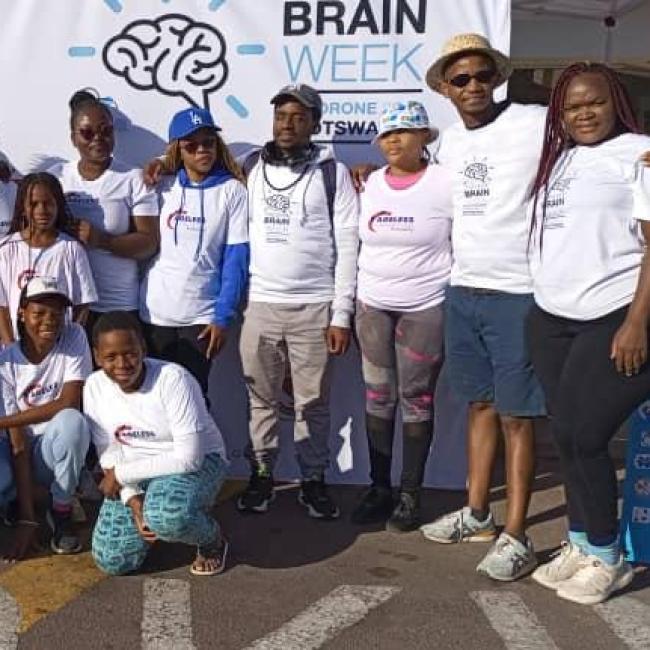Itching Frequency and Neuroanatomic Correlates in Frontotemporal Lobar Degeneration
JAMA Neurol. 2024 Jul 22. doi: 10.1001/jamaneurol.2024.2213. Online ahead of print.
ABSTRACT
IMPORTANCE: Itching is common in geriatric populations and is frequently linked to dermatological or systemic conditions. Itching engages specific brain regions that are implicated in the pathogenesis of frontotemporal lobar degeneration spectrum disorders (FTLD-SD). Thus, itching of undetermined origin (IUO) may indicate the presence of a neurodegenerative process.
OBJECTIVE: To compare the frequency of itching in FTLD-SD and Alzheimer disease (AD) and to determine the neuroanatomical underpinnings of IUO.
DESIGN, SETTING, AND PARTICIPANTS: This case-control study evaluated data and brain magnetic resonance images (MRIs) for participants with FTLD-SD or AD. Participants of a research study on FTLD-SD at the University of California, San Francisco, Memory and Aging Center were evaluated from May 1, 2002, to December 31, 2021. The exposure group underwent structural brain MRI within 6 months of initial diagnosis. Research visit summaries were reviewed to validate qualitative details and accurately identify itching with undetermined origin (IUO).
EXPOSURES: Symptoms suggestive of FTLD-SD or AD.
MAIN OUTCOMES AND MEASURES: Frequency of itching in FTLD-SD and AD and neuroanatomic correlates.
RESULTS: A total of 2091 research visit summaries were reviewed for 1112 patients exhibiting symptoms indicative of FTLD-SD or AD. From 795 records where itching or a related phrase was endorsed, 137 had IUO. A total of 454 participants were included in the study: 137 in the itching group (mean [SD] age, 62.7 [9.9] years; 74 [54%] females and 63 males [46%]) and 317 in the nonitching group (mean [SD] age, 60.7 [10.8] years; 154 [49%] females and 163 males [51%]). Groups were similar in age, sex, and disease severity. More frequent itching was found in FTLD-SD (95/248 patients [38%], of which 44 [46%] had behavioral variant frontotemporal dementia [bvFTD]) compared with the AD group (14/77 patients [18%]; P = .001). The odds of itching were 2.4 (95% CI, 1.48-3.97) times higher for FTLD-SD compared with all other cases of dementia. Compared with healthy controls, the group with IUO exhibited greater gray matter atrophy bilaterally in the amygdala, insula, precentral gyrus, and cingulum, as well as in the right frontal superior gyrus and thalamus. Among patients with bvFTD and itching vs bvFTD without itching, itching was associated with right-lateralized gray matter atrophy affecting the insula, thalamus, superior frontal gyrus, and cingulum.
CONCLUSIONS AND RELEVANCE: Among individuals with IUO, FTLD-SD was disproportionately represented compared with AD. In FTLD-SD, dysfunction in the right anterior insula and its connected regions, including the right precentral gyrus, cingulum, and bilateral amygdala, contribute to dysregulation of the itching-scratching networks, resulting in uncontrollable itching or skin picking. Awareness among physicians about the relationship between neurodegeneration and itching may help in the management of itch in older individuals. Further studies are needed to determine the best treatments for these symptoms in patients with neurodegenerative disorders.
PMID:39037825 | DOI:10.1001/jamaneurol.2024.2213





